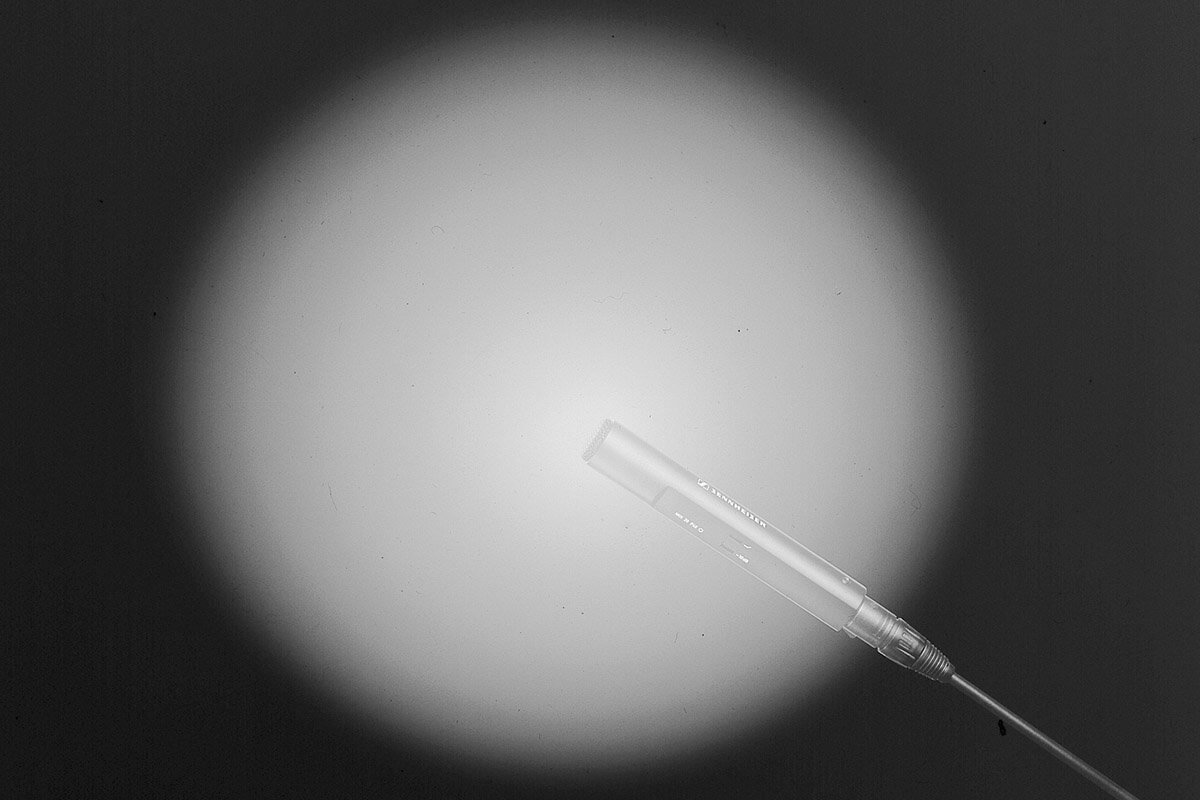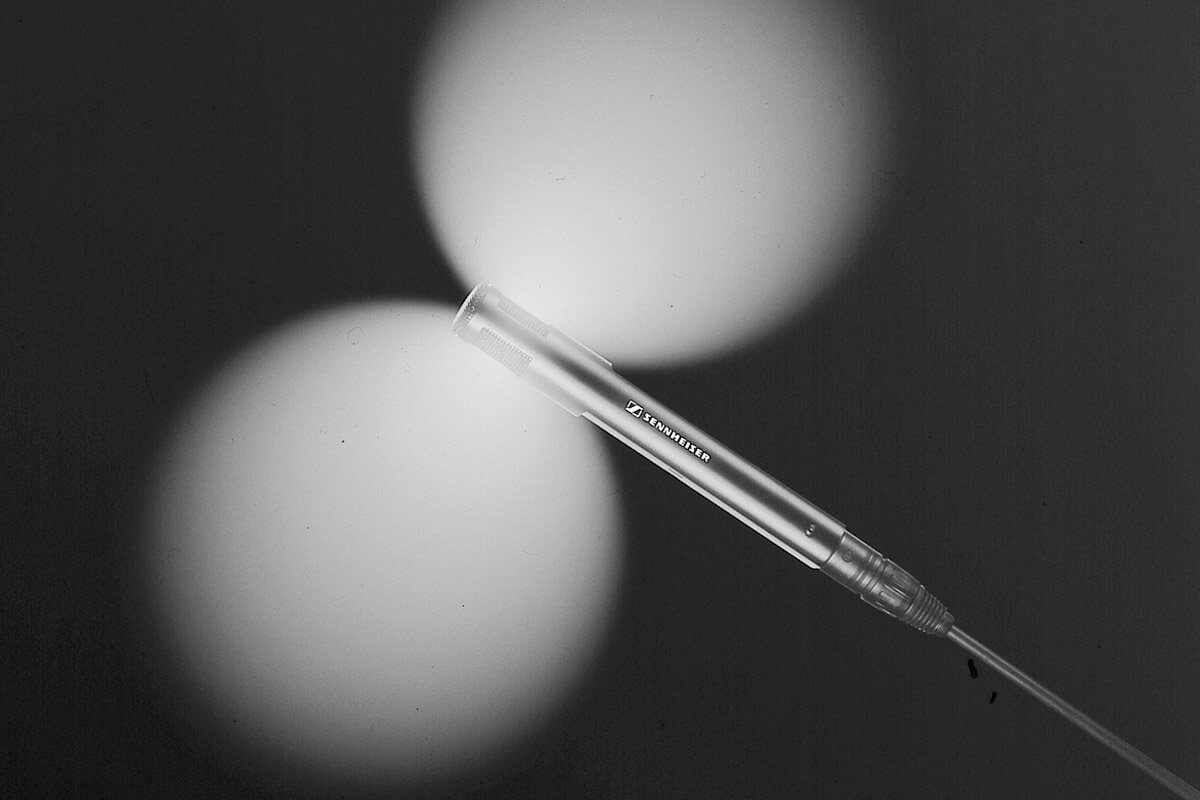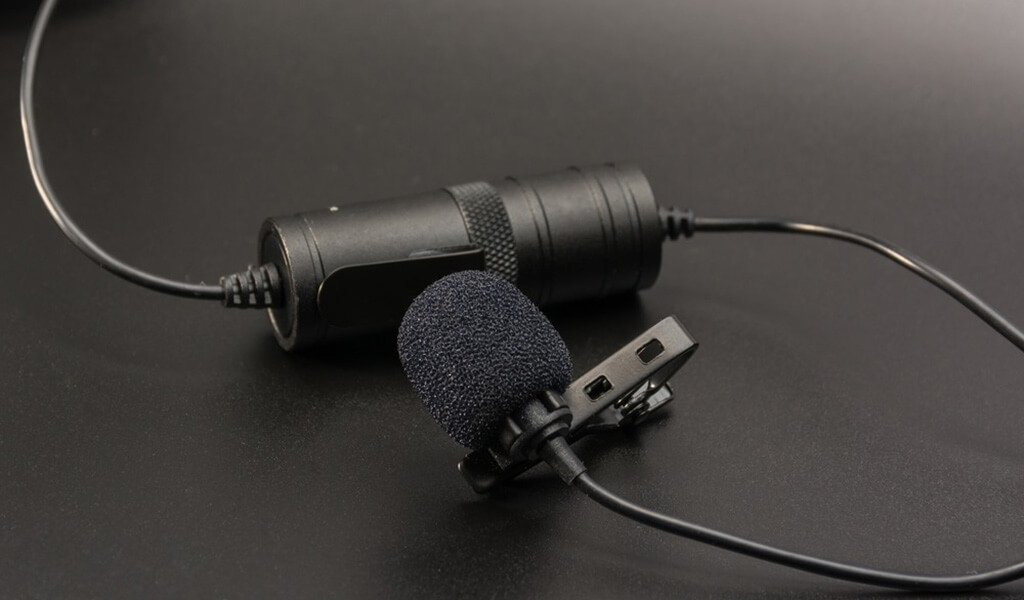Ever since their invention in the late 1800s, microphones have become an inseparable part of human civilization. Humans have always wanted to be heard, and mics have made the task so much easier for us.
Over the passage of time, microphones have developed and improved to do much more than just make us sound louder. Nowadays, mics come in all kinds of shapes, sizes, connectivity options, and functions each for its own purpose.
Here, I will briefly tell you about each type of microphone, what they are used for, and most importantly… why we need all these kinds of microphones anyway. Let’s dig in.
Table of Contents
Categorizing Mics in Terms of Functionality
To begin with, microphones are categories into three major types, depending on their functionalities. Meaning, they are divided into three basic types based on the kind of sound they are more capable of capturing. Let’s go over them briefly.
Dynamic Microphones

Dynamic microphones have a moving coil magnetic diaphragm. Usually in any kind of mic, the pressure created by sound waves of different frequencies vibrates a coil inside the body of the mic which converts the acoustic energy of the vibration into recordable electric energy.
Dynamic microphones are capable of withstanding sound pressure levels (SPL) that are higher extreme.
This works as a great advantage for loud instruments such as electric guitars, bass guitars, and drums.
Dynamic microphones are ideal for live concerts and DJ parties. Or if you’re starting a home studio, a dynamic microphone can be a great starter. Dynamic mics can be both wired and wireless.
Condenser Microphones

Condenser microphones are great at capturing subtle details of low sound frequencies, like the harmonic humming of a vocal, or the gentle plucking on an acoustic guitar.
For this reason, they are also called capacitors. They have a conductive diaphragm that sits on top of a metal backplate. The diaphragm stores electric energy, acting as a plate of the capacitor.
To be more precise, condenser microphones use capacitance instead of physical moving coils. This makes the sound quality produced by a condenser mic a lot more sophisticated and detailed than that of a dynamic mic, and make them the first choice for studio recordings.
Despite being more sensitive than a dynamic mic, a condenser mic is not as fragile as a dynamic one, which is why they are great for vocals and acoustic instruments.
There is one drawback to condenser microphones though. Unlike dynamic mics, they require an external +48 V phantom power. But this is supplied by your audio interface and can be switched on and off.
Although there are some ultra-modern condenser microphones nowadays that are tube-powered and come with a dedicated power supply of their own.
Ribbon Microphones
These are not as widely used as a condenser or dynamic microphone, but they are important to those who know how to use them. Ribbon microphones are given that name because they use a thin metal ribbon suspended in a magnetic field for creating sound.
The ribbon is connected to the microphone’s output, and its vibration in response to sound within the magnetic field generates the recordable electrical signal.
They are pretty much like moving-coil dynamic microphones in the sense that both of them produce sound using magnetic induction.
Ribbon mics are much more fragile than regular moving-coil dynamic microphones.
Because they are so fragile, ribbon mics are not recommended for home studios. They tend to get damaged if exposed to high SPL (Sound Pressure Levels). But they can capture high notes, without the harshness that comes with them.
This makes the sound produced by these mics much richer and fuller. They have a warm, ‘Vintage’ feel to their sound, which makes them much adored by vocalists. Some modern designs are built with the better build quality and are not as fragile as their predecessors.
Classifying Microphones Based on Polar Patterns
A polar pattern or pick-up pattern of a microphone defines its tendency and orientation of picking up sound signals. Precisely speaking, it represents how the sensitivity of the mic is, 360° around the diaphragm. There are mainly 3 types of polar patterns that are most commonly used in microphones.
I’ll be going over them briefly for a better understanding of things.
Cardioid Mics

Image Source: neumann
This is the most popular and commonly used pickup pattern. It gets its name from its shape which resembles that of a heart (cardio-iod). A cardioid polar pattern is most sensitive at its 0° axis, or when the mic is pointed directly at the source of the sound.
The farther you move away from the mic, the lesser the sensitivity gets. You can call this a ‘point-and-shoot’ polar pattern. Cardioid polar patterns are used both in dynamic and condenser microphones.
The Cardioid polar pattern works for pretty much anything, from studio to live. You just have to set the mic directly in front of your main sound source.
The only drawback of a cardioid pickup pattern is that its proximity effect tends to increase the low-end response of the mic as it gets closer to the sound source.
Omnidirectional Microphones

The omnidirectional polar pattern is equally sensitive all the way around the capsule, well, technically. In a practical sense, the frequency response isn’t exactly a perfect 360° around the mic, but that doesn’t have much effect on its use and functionality.
An Omni-directional microphone can capture sound waves from any direction in a room regardless of where the sound is coming from.
Bi-Directional (Figure-8)

This is the default polar pattern used in almost every ribbon microphone. It has a figure-8 construction. Meaning it is as sensitive at 0° as it is at 180°.
The way to make the best out of this polar pattern is by using the Blumlein stereo miking technique. It’s simply taking two figure-8 mics and crossing their pickup patterns. The sound created by this technique creates an amazing stereo effect, especially if you use headphones.
Mics with Switchable Polar Pattern
It’s basically two polar patterns that you can switch between. Usually, the pickup patterns used in a switchable polar pattern are cardioid ad omnidirectional.
This is great for especially musicians who do a lot of live streaming as well as studio recordings. This capability gives the microphone extra versatility in certain settings.
Dividing Mics Based on Looks, Size, and Connectivity
Judging by the looks, size, and connectivity options, microphones can be divided int a few other categories. These categories also determine the application they are best suited for. Such as:
Boom Mics/Shotgun Mics
Boom mics or shotgun mics are, in the most straightforward definition… microphones that are attached to a boom. A boom is an extendable and adjustable arm which a microphone can be mounted on.
Some cameras have a hot shoe where the shotgun mic can be mounted directly. Boom mics are mainly used for filming purposes where the mic needs to catch the sound as loud and clear as possible without getting into the frame of the shot.
They are basically dynamic mics that have become a part of the film industry as soon as they hit the markets.
Lapel Mics/Collar Mics/Lavalier Mics

These are the tiniest kind of mics you’ll ever see. They are small, portable, and super easy to use. For this reason, they have instantly become the favorite of vloggers and Youtubers.
You just clip it onto your apparel and forget it’s even there. Just like dynamic mics, these lapel mics can also be found in both corded and cordless options.
Boundary Microphones
Boundary microphones are a special type of microphone that is placed on a flat surface such as the wall, the ceiling, or the floor, and they catch the sound.
They are often used for filming purposes, podiums, conferences, concert halls, boardrooms, and of course, the studio. They are handy little tools that make you sound better.
Wireless Mics
Wireless mics are a blessing for vloggers and stage performers. They give you the freedom to move around freely ad record your sound without being entangled by wires and tripping over them.
Most wireless microphones use Bluetooth technology for connectivity. There is an external transmitter that you have to carry in your back pocket for the mic to capture and deliver the sound you’re producing.
The only drawback of these is that they have limited battery life. Hence, they become basically useless once they run out of power. So, if you have a long day of shooting or stage show, make sure to carry a few extra batteries with you, and you’re good to go.
USB Mics
USB microphones have popularized computer-based recordings to the extent that it has become the default mode of recording in most recording studios of the world now. Nowadays, there are countless options for routing your music through the soundcard of a computer.
Ranging from sophisticated digital audio workstations (DAWs) and digital mixing boards to simpler interfaces offering connections for a single mic and /or instrument. But easiest and perhaps the simplest method of doing this is by using a USB connector that offers a plug-‘n’-play convenience.
There are various types of USB mics for you to choose based on the compatibility of your device. Not just computers, but USB mics also work with mobile devices such as smartphones, tablets, and laptops. And the best part? They’re super-friendly to your budget!
Check for the Technical Specs While Selecting These Products
Specifications are important no matter what type of gadgets you buy. And it’s especially of great importance when choosing a microphone because the specifications determine the kind of service you will be getting out of it. Let me elaborate.
Frequency Response
Frequency response refers to the frequency range that your mic is capable of picking up. The range is referred to by pointing out its highest and lowest points. It’s measured in hertz.
For instance, if you’re buying a mic solely for vocals, then it’s a good idea to choose one that has a range of around 80 Hz to 15 kHz. On the other hand, if you’re planning to record instruments like snares and horns, then you would need one with a lower range.
Say, around 50 Hz. For bass and drums, you’d need a really low-frequency response, 40 Hz or even lower. It depends on how you’re going to use the mic.
Response Curves
An important aspect to look out for in good frequency response is the response curve. The frequency response only tells the maximum and the minimum range of audio frequency that your mic can capture.
But the real characteristics of a mic are determined by how it performs at different frequencies. And this tendency or character trait of the mic is called a frequency curve.
Since the frequency response begins at zero on the lower end and gradually gets higher before dropping off at zero again on the higher end, it takes the form of a curve when graphed.
If you look at the response curve of a mic, you’ll notice that there are peaks and dips in certain places. These peaks and dips, at different frequencies, will tell you what application the mic is best suited for.
Proximity Effect
Although it’s never mentioned as a specification, yet proximity effect is a very important microphone characteristic. The proximity effect highlights the bass frequencies so that they are more accented as the mic gets closer to the sound source.
This is a great advantage for singers who move the mic closer and farther from their mouth to give the sound more dimensions. Recording engineers often use this feature in-studio recordings to bring out the bass sounds of the vocals and the instruments with the help of a mic with a high proximity effect.
Generally, condenser mics produce more proximity effect than dynamic ones.
Roll-off and Bass Attenuation Switches
Mostly found in condenser microphones, roll-off bass and attenuation switches are controls that increase the mic’s versatility. The roll-off bass enhances the frequency range on the low end to reduce the response on that level, or to cut off the response completely below a certain level.
Rolling off the bass keeps the PA power amp from having to deal with frequencies below its capability. This helps to make your recording noiseless. Similarly, attenuation switches enhance the frequency range on the high end.
This way, the mic’s sensitivity or volume is altered so that the high frequencies coming from a loud sound source does not distort the sound. Both the controls add more clarity to your recording.
Accessories That Complement a Quality Mic
There are a few accessories that are not just essential but rather crucial for a good miking experience. Such as mic stands, cables, and mounts, pop filters, windscreens, shock mounts, and isolation screens.
Make sure to choose these carefully as they have the capability of impacting your mic’s performance and durability to a great extent. Also, there are some mics out there with a lot of their parts replaceable.
Make sure to get a mic that has the maximum amount of replaceable parts so that you can keep changing them as soon as they get old and get the experience of a brand-new mic out of it even after years of purchasing it.
Some Hidden Aspects
There are some hidden aspects that are not mentioned in the specs or the features of a mic, but they make a great deal of a difference if they are put to their best use.
The microphone’s structure, for example, can affect its performance to a great deal. Along with the materials used for making it. Add to that the precision of manufacturing it.
The shape, size, and weight, etc. can also impact the functionality of the mic as it impacts its portability.
That’s a Mic-Drop from Me!
To finish it off, the most important tip I’ll be giving you while choosing a mic is homework. Nothing beats some good, old-fashioned researched when selecting a product from a vast variety of them for the first time.
Choose one that gives out the most but also does not get too harsh on your budget. Sometimes, a good mic is all you need to create a good sound. I hope this helps you to achieve it.




